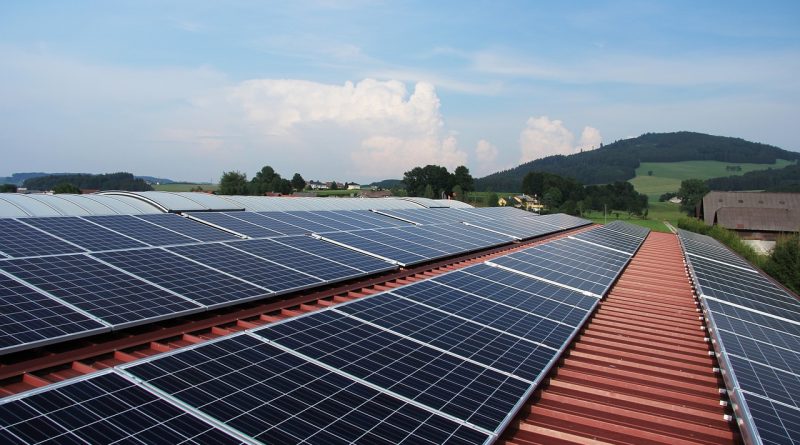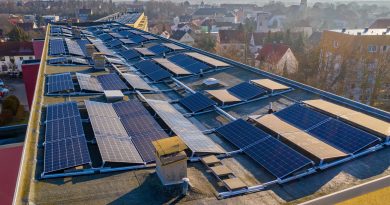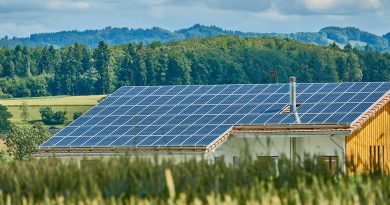Solar Power Efficiency: How to Get Off-Grid Energy Flowing
In today’s world, harnessing renewable sources of energy has become increasingly important. Solar power is one such source that has gained popularity due to its sustainability and environmentally friendly nature. Off-grid solar power systems offer a great solution for those looking to be self-sufficient and reduce their dependence on traditional energy sources. In this blog post, we will explore how to get off-grid solar power flowing and the steps to take in order to make it happen.
Table of Contents
Understanding Off-Grid Solar Power Systems
Before diving into the process of getting off-grid solar power flowing, it is crucial to have a clear understanding of what off-grid solar power systems are. These systems are designed to generate and store electricity independently of the traditional power grid. Off-grid solar power systems consist of solar panels, a charge controller, batteries, and an inverter.
Step 1: Assessing Your Energy Needs
The first step towards getting off-grid solar power flowing is assessing your energy needs. Start by analyzing your daily energy consumption. Determine how many appliances and devices you use, their power requirements, and the number of hours they are typically in use. This assessment will give you an idea of the capacity your off-grid solar power system needs to have to meet your energy needs adequately.
Step 2: Calculating your Solar Panel Requirements
Once you have assessed your energy needs, you can move on to calculating your solar panel requirements. You will need to determine the number of solar panels needed to generate enough electricity to power your home or establishment. Consider factors such as the available space for installing solar panels, the amount of sunlight your location receives, and the efficiency of the solar panels you plan to use.
Step 3: Choosing the Right Batteries
A crucial component of off-grid solar power systems is the batteries used for energy storage. Selecting the right batteries is vital as they will store the excess electricity generated by your solar panels for use during nighttime or low sunlight periods. When choosing batteries, consider their capacity, depth of discharge, and lifespan. Deep cycle batteries are commonly used in off-grid solar systems due to their ability to withstand repeated charging and discharging cycles.
Step 4: Don’t Forget the Charge Controller
To protect your batteries from overcharging or discharging, you will need a charge controller. This component regulates the flow of electricity from the solar panels to the batteries, preventing any damage caused by over or undercharging. When selecting a charge controller, ensure that it is compatible with the voltage and current of your solar panel and battery setup.
Step 5: Incorporating an Inverter
Most off-grid solar power systems require an inverter to convert the stored DC (direct current) electricity from the batteries into AC (alternating current) electricity, suitable for powering household appliances and devices. The inverter is crucial in order to make the stored solar energy usable. Choose an inverter that can handle the power requirements of your appliances and consider the efficiency and reliability of the device.
Step 6: Installation and Maintenance
Once you have chosen the components for your off-grid solar power system, it is time to proceed with the installation. Depending on your level of expertise, you may choose to install the system yourself or hire a professional. Ensure the solar panels are positioned correctly for maximum sunlight exposure and that all connections are secure. Additionally, regular maintenance is necessary to keep the system in optimum condition. This includes cleaning the solar panels, checking battery levels, and inspecting all components for any signs of wear or damage.
Conclusion
Transitioning to an off-grid solar power system requires careful planning, assessment, and consideration of the various components involved. By following the steps outlined above, you can successfully get your off-grid solar power flowing. Embracing renewable energy sources such as solar power not only benefits the environment but also offers you energy independence and reduced reliance on traditional power grids. Take the first step towards energy sustainability and enjoy the many benefits of off-grid solar power systems today.
Ready to transform your energy future? Explore cutting-edge solutions with SolarClue® today!
Frequently Asked Questions
Off-grid solar power operates independently, generating electricity without relying on the main power grid.
Solar power efficiency reduces energy costs, minimizes environmental impact, and promotes sustainable living.
Yes, with the right setup, it’s possible to achieve complete energy independence using off-grid solar power.
SolarClue® provides advanced technologies and expert guidance to maximize the efficiency of your solar power setup.
Many governments offer incentives, tax credits, and rebates to encourage the adoption of solar power.
Regular cleaning, system checks, and battery maintenance are essential for optimal off-grid solar system performance.
Yes, off-grid solar power can be adapted for urban living, providing a sustainable energy source even in densely populated areas.
Quality solar panels can last 25 years or more, with proper maintenance and care.
The size depends on your energy needs; SolarClue® experts can help you determine the ideal system size.
While solar power production may decrease on cloudy days, modern systems can still generate a significant amount of energy.




